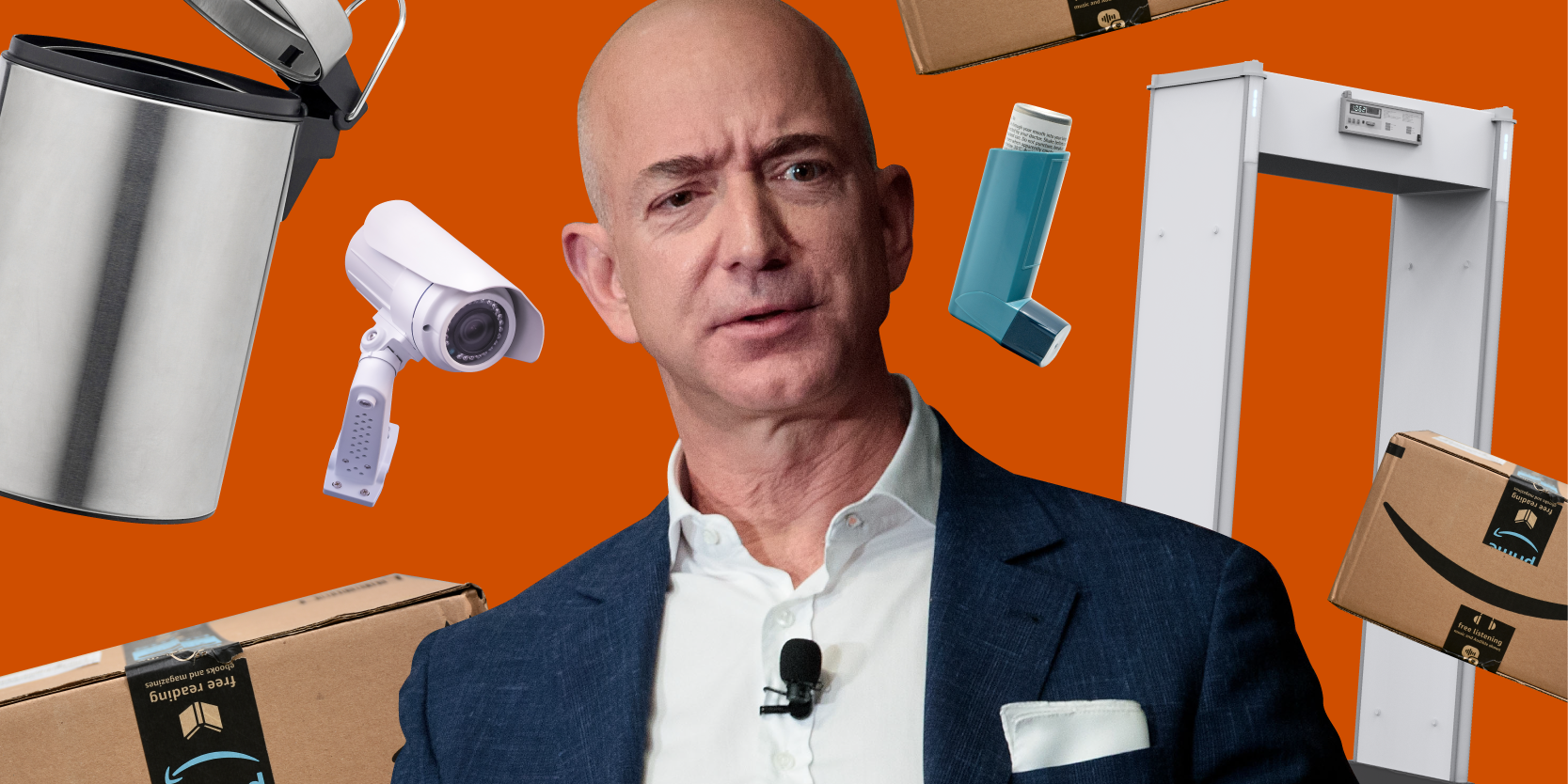- Amazon employs a system that not only tracks warehouse workers’ productivity but also can automatically fire them for failing to meet expectations.
- Amazon confirmed that it fired hundreds of people for productivity reasons in just one facility over one year’s time.
- It said that the rate at which it is firing people from its warehouses has decreased.
- Visit Business Insider’s homepage for more stories.
Amazon’s demanding culture of worker productivity has been revealed in multiple investigations. But a new report indicates that the company doesn’t just track worker productivity at its warehouses – it also has a system that can automatically fire them.
Amazon has fired more than 300 workers, citing productivity, at a single facility in Baltimore in a single year (August 2017 through September 2018), The Verge’s Colin Lecher reported. The Verge cited a letter by an Amazon attorney as part of a case with the National Labor Relations Board.
An Amazon spokesperson confirmed to Business Insider, “Approximately 300 employees turned over in Baltimore related to productivity in this timeframe. In general, the number of employee terminations have decreased over the last two years at this facility as well as across North America.”
Amazon’s system tracks a metric called “time off task,” meaning how much time workers pause or take breaks, The Verge reported. It has been previously reported that some workers feel so pressured that they don’t take bathroom breaks.
If the system determines the employee is failing to meet production targets, it can automatically issue warnings and terminate them without a supervisor's intervention, although Amazon said that a human supervisor can override the system. The company also said it provides training to those who don't meet their production goals.
While all employees in every job know they could be fired if they fail to meet their performance objectives, few of us are managed by an automated system tracking our every movement that has full authority to make that decision.
And, of course, people are not robots. People have highly productive days and less-productive days. The true benefit of a human workforce isn't to use people like cogs in a production wheel, but to employ humans who are creative, can solve problems, and can learn and grow if they are given the breathing room to contribute.
Nevertheless, Amazon's mechanisms for exacting productivity are pervasive in many areas of its operations. For instance, drivers delivering Amazon packages have reported feeling so pressured that they speed through neighborhoods, blow by stop signs, and pee in bottles in the trucks or outside, Business Insider's Hayley Peterson reported.
And as Amazon's business continues to grow, the company's need to deliver ever more packages as fast as possible isn't going away any time soon.

